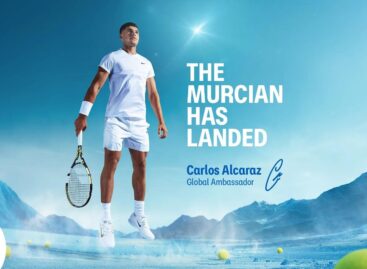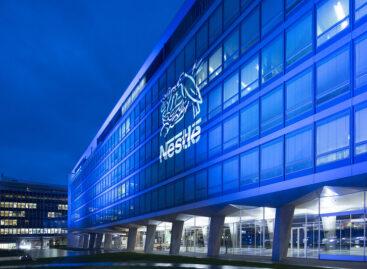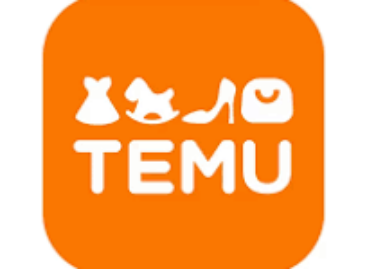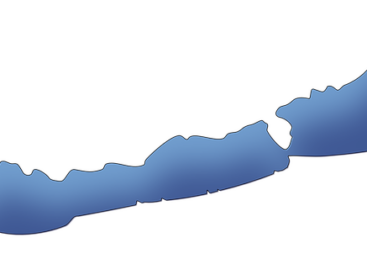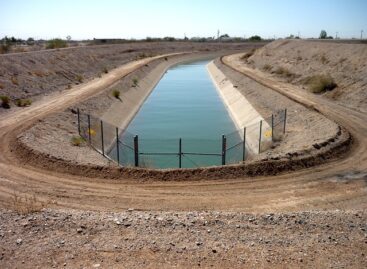What can be the main trends in the communication strategies of FMCG brands in 2019?
Between 1 July and 31 December 2018 the Hungarian representatives of the most valuable international FMCG brands were communicating online in line with global trends. International surveys showed that among beauty products Dove and Pantene, while from food products Coca-Cola, Pepsi and Nestlé were the most frequently mentioned online. These brands place great emphasis on communicating in social media and on online presence in Hungary too. Neticle compared the online performances of cosmetics brands Dove, Johnson & Johnson, Nivea, Loreal and Procter & Gamble, and those of food brands Coca-Cola, Danone, Nescafé, Nestlé and Pepsi.

Kinga Lipusz
marketing&PR
Neticle
From cosmetics brands Nivea and Dove produced an exceptionally high number of mentions in the second half of 2018. The main reason for this was the prize games (the games involved users making comments) they announced on their own Facebook pages or on those of drugstores that sell them. Nivea was also very active on Youtube, while Dove often turned up in press news on the Hungarian internet – this indicates strong PR activity. Neticle data suggest that in 2019 the online reputation of cosmetics brands will be greatly influenced by their environmental efforts in production, and by how these are communicated. L’Oreal products were most often mentioned in comments made under videos and at forums.

As eating is people’s most important topic in social media, competition is strong among food brands. According to Neticle, more than 50 percent of international food brands’ mentions were generated in social media. Green operations, environmental and health consciousness, and plastic and sugar use were the hottest topics. Coca-Cola appeared the most times and in the most positive light in the press, but Nestlé and Pepsi also did newsworthy things. In social media food brands used Facebook the most actively – especially Pepsi, Danone and Nestlé. As for videos, Pepsi’s and Coca-Cola’s share of Youtube mentions were 25 percent and 18 percent, respectively.

The most often mentioned brands pay special attention to their social media channels – and not only on Facebook. FMCG brands also focus more and more on producing video content. Just like in former years, in 2019 the end-of-summer and pre-Christmas periods are the most likely to produce the highest number of campaigns; the question is how creative brands will be in this busy communication period. //
Related news
Carlos Alcaraz Joins Danone as Global Ambassador
Convinced that combining a good diet and sports habits from…
Read more >Nestlé cuts jobs at Czech factory amid falling demand for plant-based meat
Nestlé is to cut 80 jobs from its Krupka plant…
Read more >New Product Launches In Spain Hit New Low, Study Finds
Innovation in Spain’s FMCG sector is at a record low,…
Read more >Related news
Temu has already targeted the European food market
The Chinese-rooted Temu is posing an increasingly serious threat to…
Read more >Irrigation water resources equivalent to one-third of Lake Balaton are available
Despite the extraordinary drought and lack of precipitation, we can…
Read more >Free irrigation water provided to farmers is a key element in the fight against drought
Free irrigation water provided to farmers is a key element…
Read more >
